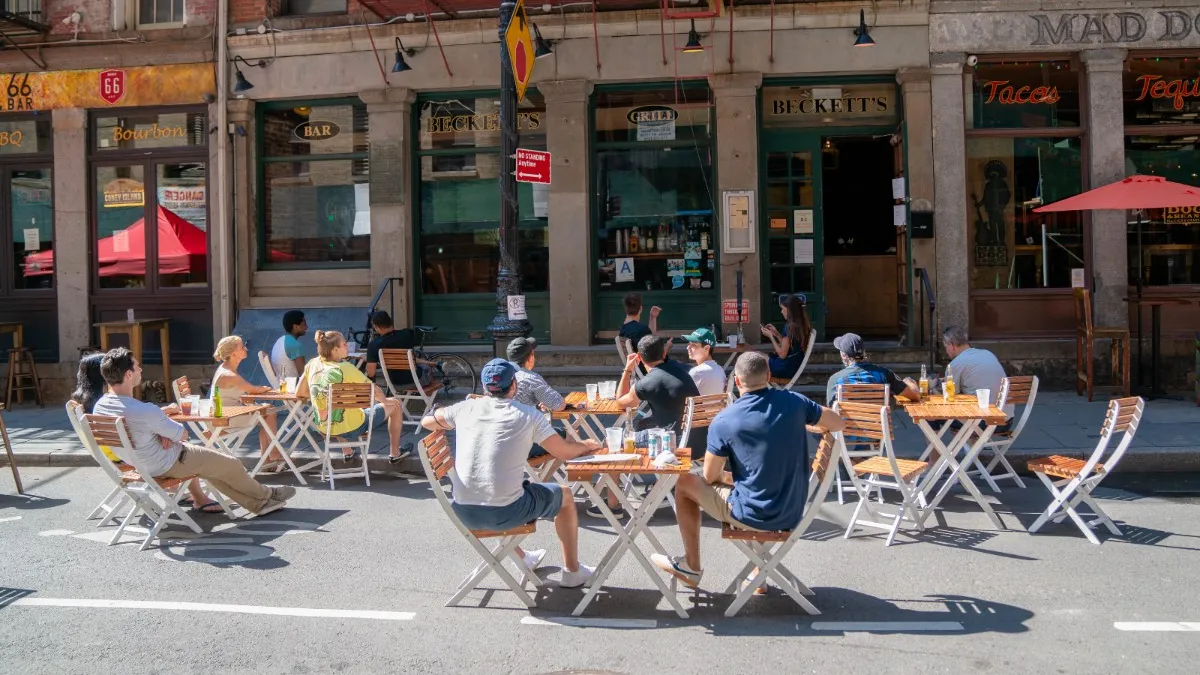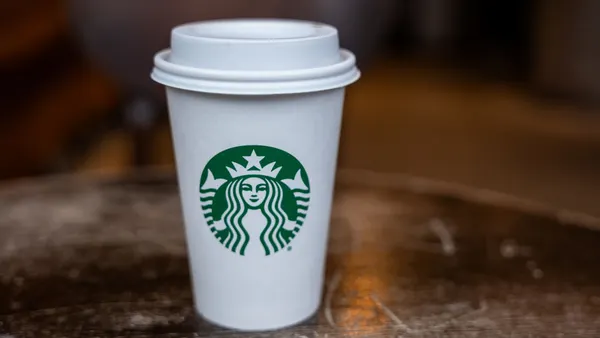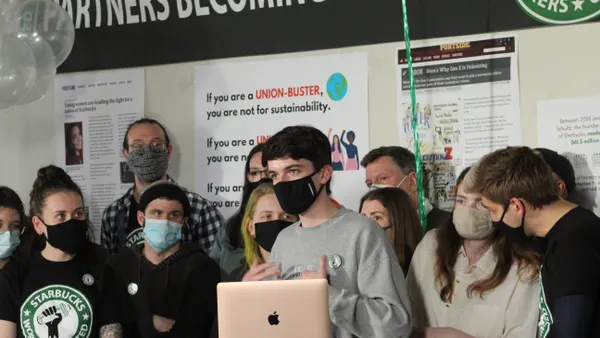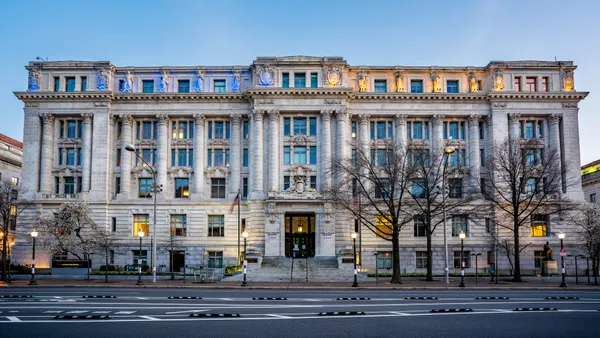Dive Brief:
- Texas Gov. Greg Abbott eased some coronavirus restrictions this week, including increasing restaurant capacity from 50% to 75% starting Sept. 21. The new guidance applies to Trauma Service Areas with a low number of patients hospitalized from COVID-19, of which 19 out of 22 apply in the state.
- "By maintaining health and safety standards that are proven to mitigate COVID-19, we can continue to slow the spread while opening up the Texas economy," Abbott said in a statement.
- The Texas Restaurant Association applauded the decision. Fifteen percent of Texas restaurants have closed since the pandemic’s outbreak, according to the TRA. Texas restaurant sales have dropped an average of 33% year-over-year in August, and 71% of operators do not expect those sales to pre-COVID-19 levels in the next six months, according to a National Restaurant Association survey.
Dive Insight:
Texas is the latest state to expand dine-in capacity allowances. Mississippi also announced an increase to 75% earlier this week, while Pennsylvania is allowing 50% capacity for restaurants that complete an online certification, and New York City gave the green light for 25% capacity. The president of the Restaurant Association of Maryland also just called for an increase in capacity from 50% to 75%, noting that increased indoor capacity is essential to the survival of restaurants.
Emily Williams Knight, president and CEO of the Texas Restaurant Association, told CBS Austin that Abbott's announcement "should give our restaurant members hope."
Increased capacity isn't the only silver lining from Abbott's announcement, either. Abbot also ordered that restaurants can start reusing condiments and menus — some operators spent as much as $10,000 every few weeks to print single-use menus, the TRA told the San Antonio Business Journal.
But there are operators who aren't confident that increasing capacity from 50% to 75% is going to be much of a panacea. Russo's Corporate Sous Chef Kyle Dennis told CBS Austin, for example, that the concept hasn't been close to filling its current 50% capacity. Consumer anxiety could be a factor here. And while Texas COVID-19 cases are lower than they were in mid-July, the state is nearing 15,000 deaths from the virus as of Sept. 16.
Plenty of eyes will be on whether or not this decision will have any negative effects on the state's COVID-19 numbers, particularly as a recent CDC report found dining out is riskier than other activities during the pandemic.









